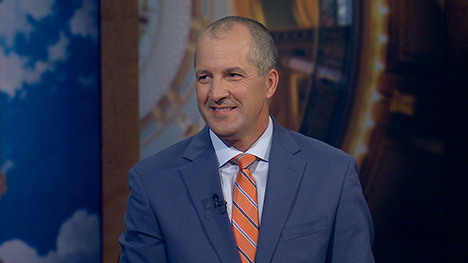[9th & 10th case as mentioned in Post 15]
Highly Pathogenic Avian Influenza Detected in Two Sioux County Dairy Herds
DES MOINES, Iowa (June 21, 2024) – The Iowa Department of Agriculture and Land Stewardship and the United States Department of Agriculture (USDA) Animal and Plant Health Inspection Service (APHIS) have detected cases of Highly Pathogenic Avian Influenza (HPAI) in two dairy herds in Sioux County, Iowa. To date, the Department has announced ten detections of HPAI within dairy herds in Iowa.
continued: https://iowaagriculture.gov/news/HPA...-herds-June-21
Highly Pathogenic Avian Influenza Detected in Two Sioux County Dairy Herds
DES MOINES, Iowa (June 21, 2024) – The Iowa Department of Agriculture and Land Stewardship and the United States Department of Agriculture (USDA) Animal and Plant Health Inspection Service (APHIS) have detected cases of Highly Pathogenic Avian Influenza (HPAI) in two dairy herds in Sioux County, Iowa. To date, the Department has announced ten detections of HPAI within dairy herds in Iowa.
continued: https://iowaagriculture.gov/news/HPA...-herds-June-21




Comment